Strengthening and reinforcing of wood with wire mesh is a super-practical idea and an affordable way to achieve enhanced durability. Besides, it can be used in construction of decorative constructions, like fences and separators. Securing the mesh to wood is of utmost importance to ensure no breaking away after some time. The following steps will help you to do just that.
Calculate the size of the area requiring the installation of wire mesh and ascertain the dimensions of the wire mesh to be employed.
To ensure a perfect fit for your space, cut the wood to the appropriate dimensions. With a saw or other cutting instrument, you can craft portions of the material to meet your needs.
Secure the netting to the wood with effective fasteners, such as screws, nails, and staples – be sure to use long ones to ensure a reliable hold on the structure. Space out each fastener evenly and drive it into the wood at least 1 inch. This will make sure that the mesh is firmly fixed in place.
To keep the wire mesh held tight, a heavy-duty stapler should be employed; and the staples ought to be placed no closer than one inch apart.
To increase protection, a few nails and a hammer can do the job of keeping the mesh firmly attached to the wood. Make sure each nail is soaked 1 inch into the wood for an unshakeable bond.
If you want to ensure that the wire mesh is firmly secure, you should utilize a heavy-duty screw of at least 1.5 inches. Furthermore, space the screws no less than one inch from each other.
To provide solid reinforcement, you can build a supportive frame out of wood or metal for the wire mesh. To secure the frame to the wood, use nails, screws, or staples at the seams.
Once the wire mesh is held in place upon the wooden structure, you can apply paint or staining to create a polished and completed veneer.
Achieving a secure, reliable hold is simple when fitting wire mesh to wood. At the same time, you can accomplish this task with speedy ease. Providing you have the necessary equipment and components, attaching wire mesh to wood can be done with assurance that the mesh will remain fixed in position and bring about the durability that you desire from your project.
An amalgamation of wire mesh and wood can be used to form strong yet elegant structures, making them popular as fences, supports for greenery, or even purely decorative pieces. Although connecting these substances may appear daunting, an appropriate set of tools and strategies can make the task a breeze, allowing it to be achieved swiftly
Picking the correct type of wire mesh to attach to wood is critical, as every mesh exhibits distinct characteristics, like hardness and malleability. The most frequently used meshes include welded meshing, hexagonal meshing, as well as galvanized mesh. It all depends on the purpose of the endeavor – select wisely!
After identifying the type of mesh, it is time to tailor it to the dimensions of the adjoining piece of wood. Don’t be stingy with measurements here; it’s essential that the cut mesh fit perfectly and hug the wood for optimal results. Reach for a pair of tin snips or wire cutters, which are ideal implements for this task. A bad sizing job could lead to some grave consequences down the line, so ensure that your scaling-up is accurate.
Getting the timber squared away for the mesh is the next order of business. If any paint or stain is present, those residues must be scoured away with some sanding to guarantee a secure bond. Even if it hasn’t been treated, sanding is still necessary in order to provide enough texture for the mesh to stick. Once the wood preparation is complete, the mesh can start being affixed.
Securing wire mesh to wooden surfaces can be achieved with a few screws or nails. Start by pre-drilling appropriately sized holes- they should be larger than the fasteners. Then, place the mesh on the wood and hammer or screw in the fasteners. This will ensure that the mesh is held securely in place.
Instead of using either screws or nails, a wire tie could be the ideal solution. Essentially, they are made of either plastic or metal and they are used to keep the mesh firmly affixed to the wooden posts. To apply these ties, simply place the mesh on top of the wood and knot the wire ties through both the mesh and wood. This method is advantageous in cases where it may be necessary to adjust or even take away the mesh in future.
Once the mesh is firmly fastened, it is imperative to secure its edges as well. Unsealed edges can leave the wood vulnerable to adverse weather conditions – quite detrimental if left untouched. To prevent moisture from coming in contact with the wood, a sealant or caulk should be used along the edges of the mesh. This not only ensures the mesh remains adhered firmly but also functions as additional protection from moisture.
Working with wire mesh and wood can be a challenge, but with the correct equipment, it can be completed swiftly and without hassle. Choosing the suitable kind of mesh, cutting and measuring it correctly, readying the wood, and safely affixing it using screws, nails, or wire ties is all that is necessary to swiftly finish off any project handling wire mesh and wood.
Related Product
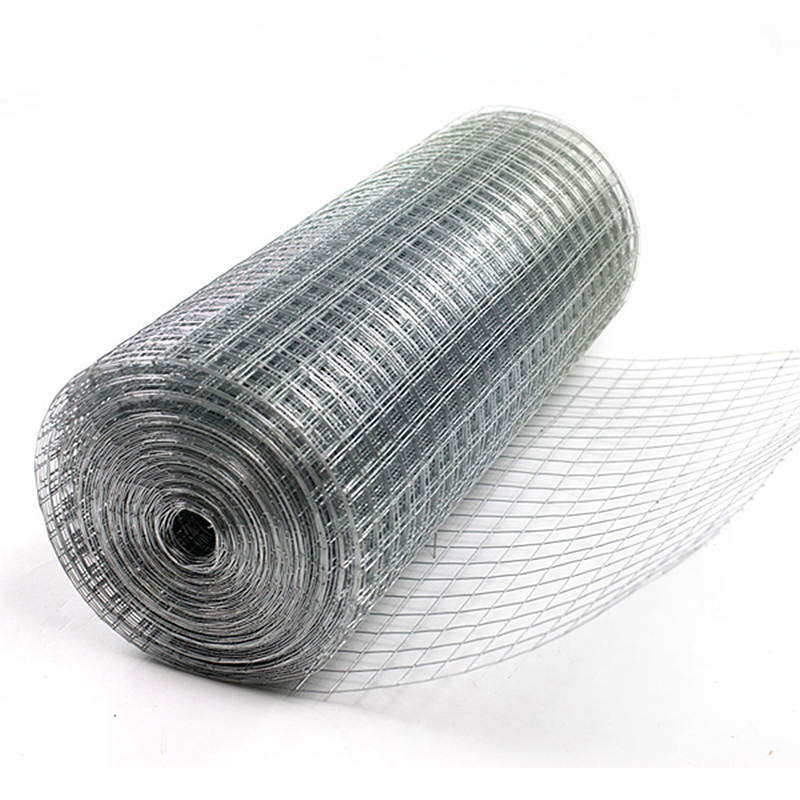
Hardware Cloth
Product information: Welded wire mesh is welded form superior low carbon steel wire and then galvanized or pvc coated or stainless steel wire and then welded. It features smooth su […]
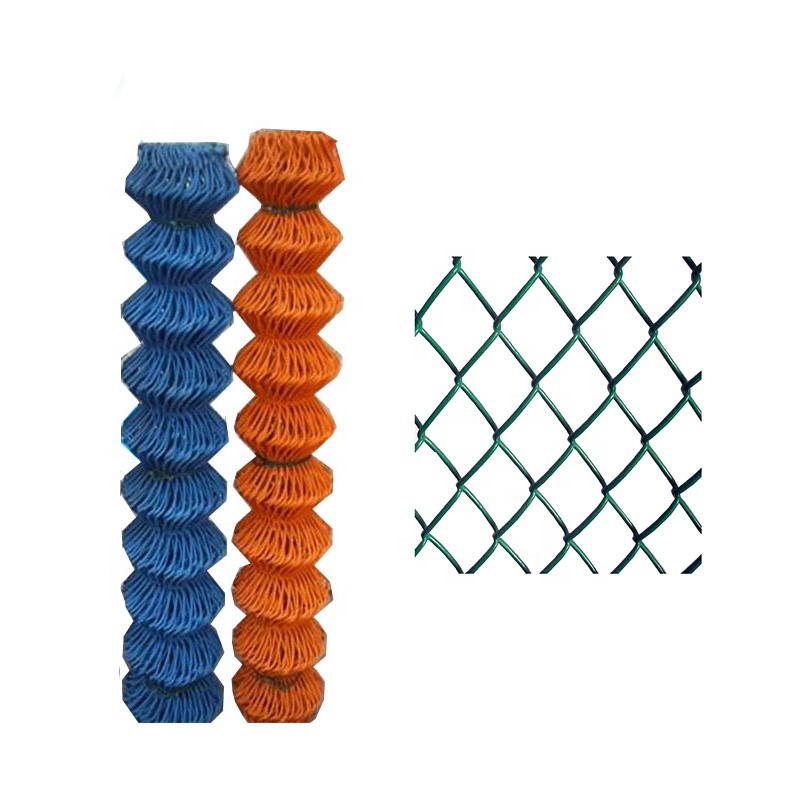
Chain Link Fence
Product information: Specification: Galvanized chain link fence Mesh Wire gauge Width Length 1″ BWG11,12,13,14 0.5-4m 0.5-25m 1-1/2″ BWG8,9,10,11,12,13 0.5-4m 0.5-25m 2 […]
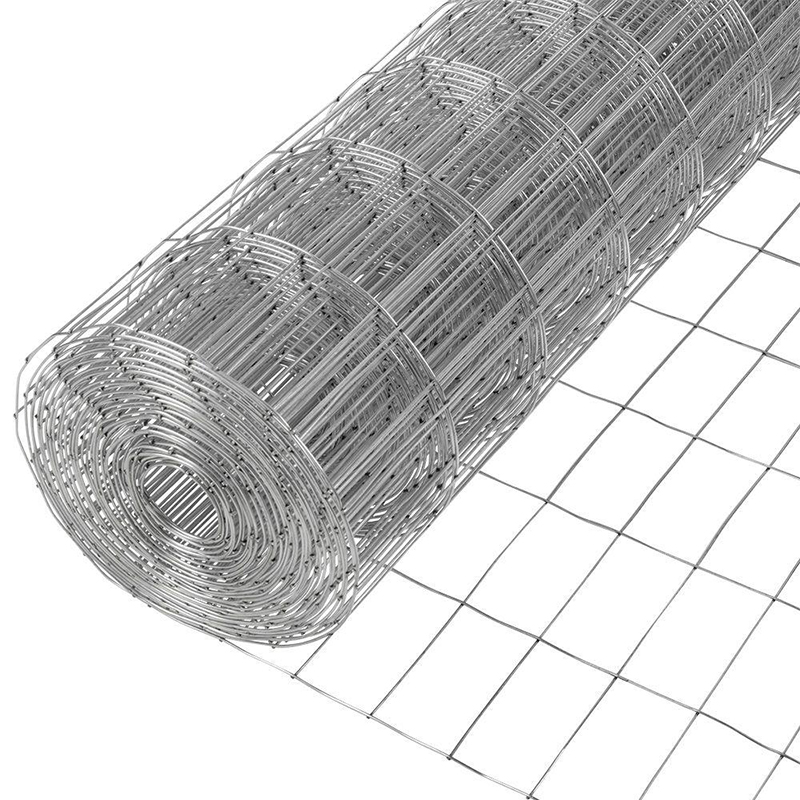
Welded Wire Mesh
Welded wire mesh is one popular materials in concrete, construction and industry. It is made of low carbon steel wire, stainless steel wire after welding and surface treating. Weld […]
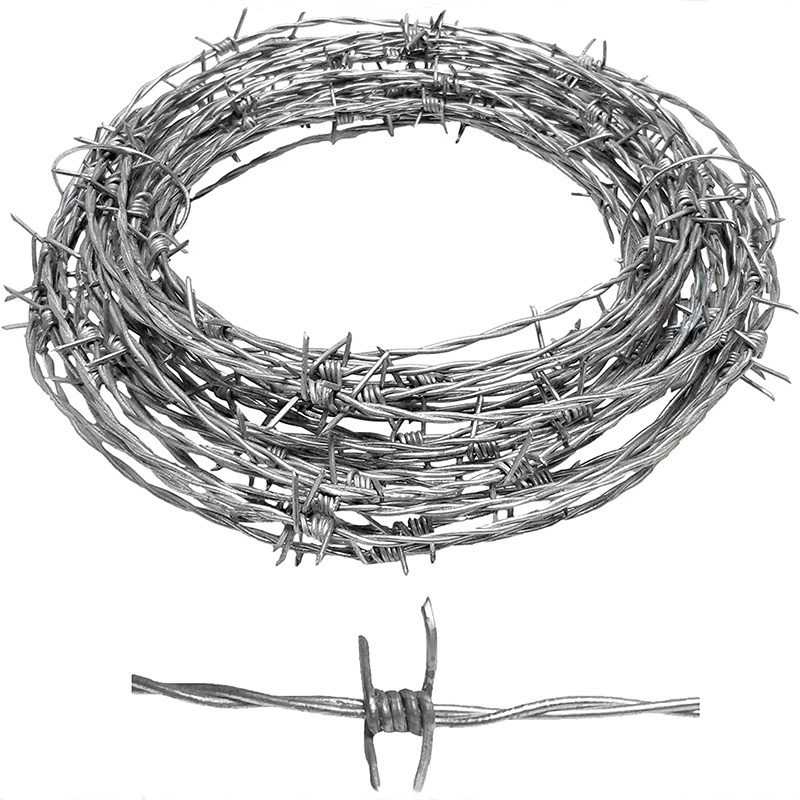
Barbed Wire
Product Information: Barbed Wire Material High quality low carbon steel wire, iron wire, etc. Category 1.Hot dipped galvanized 2.Electric galvanized 3.PVC coated Weving and Charact […]
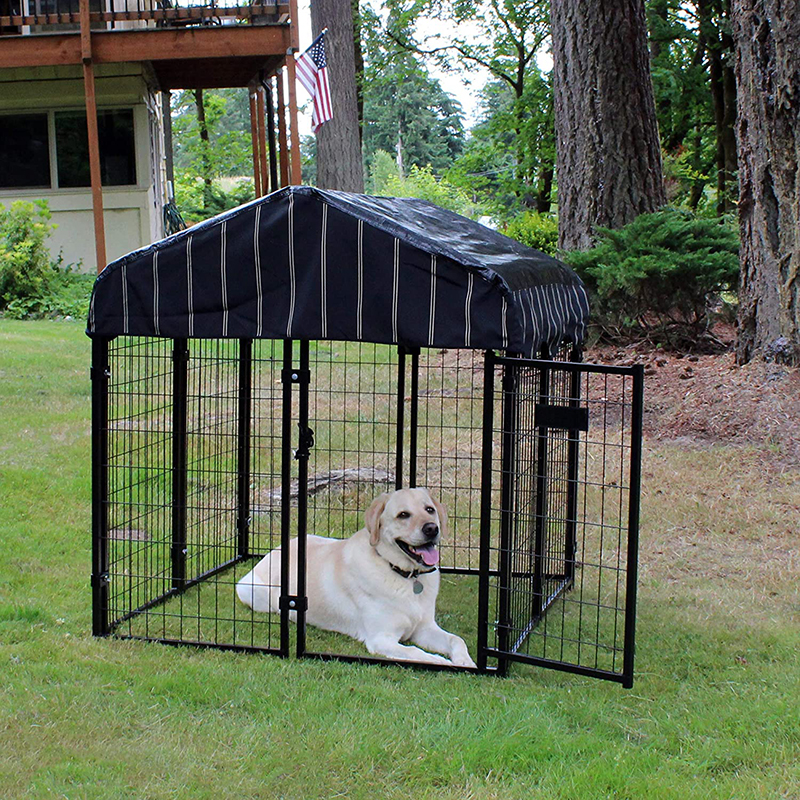
Dog Cage
Factory wholesale large metal multi functional dog cage kennel outdoor About the dog cage: * SAFE FOR DOGS – Our welded wire kennel offers safe protection for dogs of all siz […]
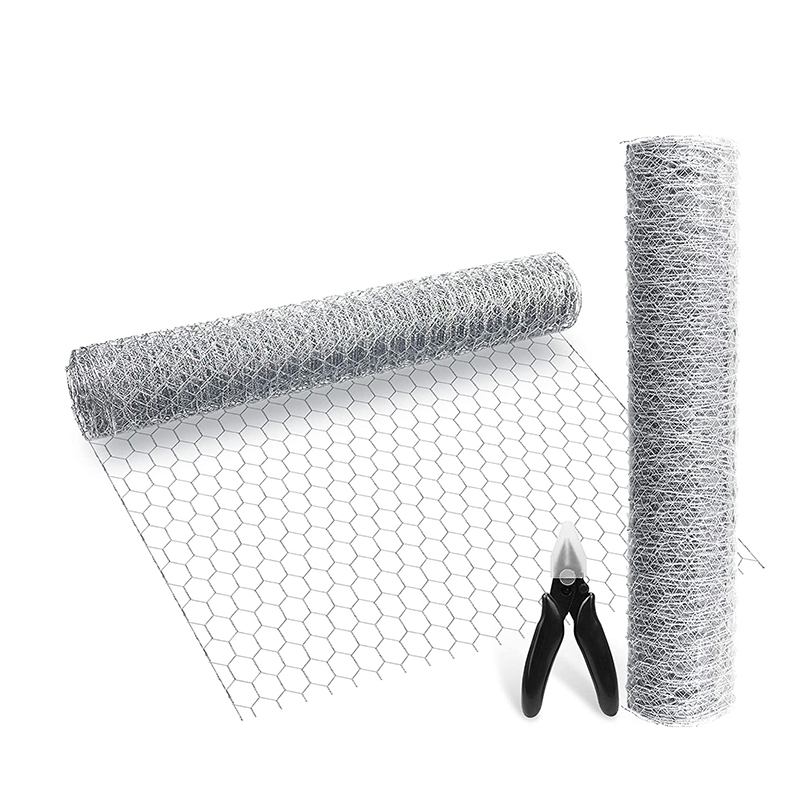
Hexagonal Wire Mesh
Product information: PVC Coated Hexagonal Wire Netting Mesh Wire Gauge (MM) Width Inch MM – – 1/2″ 13mm 0.6mm – 1.0mm 2′ – 2M 3/4″ 19mm 0. […]
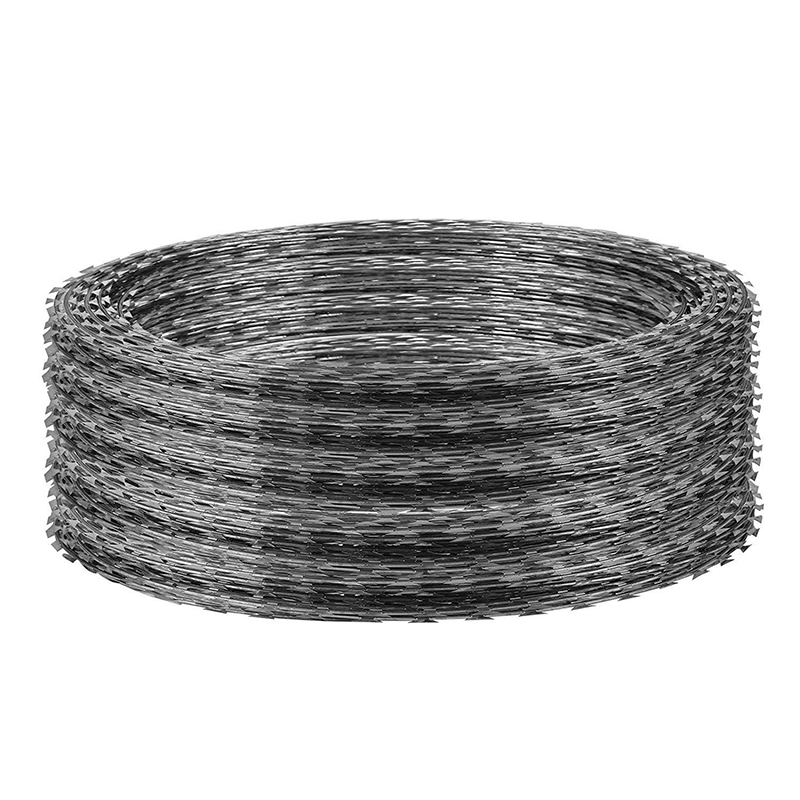
Razor Wire
Product information: Concertina Razor Wire is widely used for construction of high security fencing projects in military and national defence. We export directly and supply Razor W […]
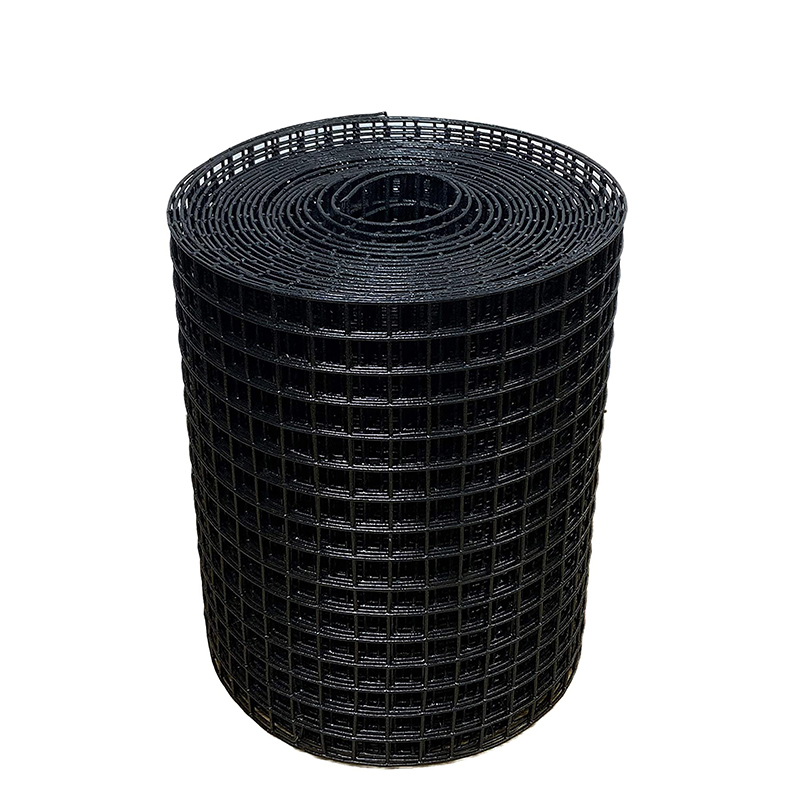
Pvc Coated Wire Mesh
Product information: PVC coated welded mesh Mesh size Wire diameter (in mm) Width&Length In inch In mm Before coating After coating Width:0.5m-2.0m Length:25m,30m […]
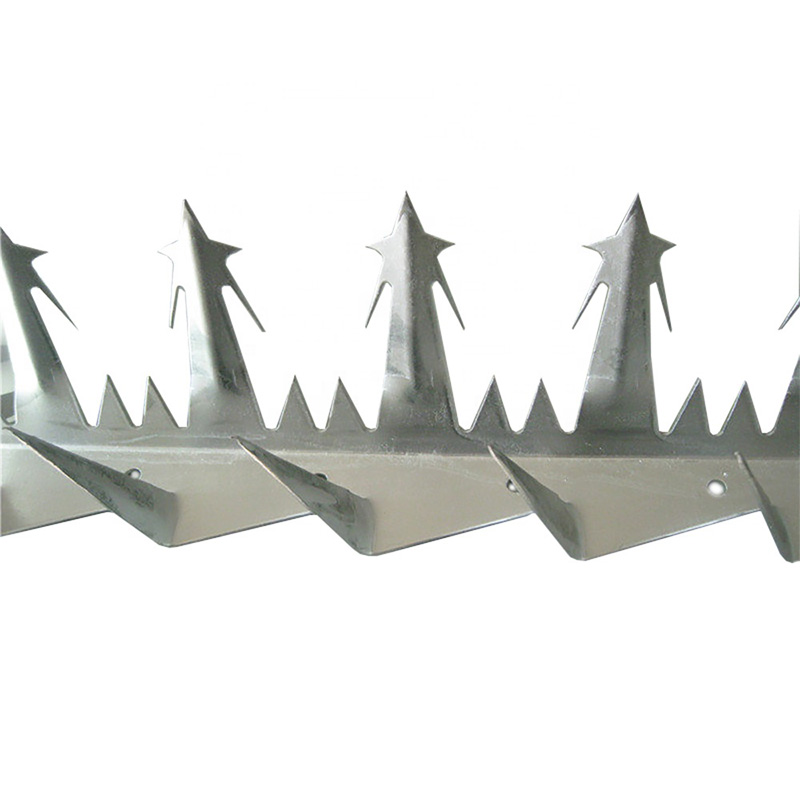
Anti Climb Wall Spikes
Product information: Big Sized Wall Spike Specification Type Big Sized Wall Spike A Big Sized Wall Spike B Model Number Anti-Climb wall Spikes Material HOT DIPPED GALVANIZED STAINL […]
Post time:2023-07-23

